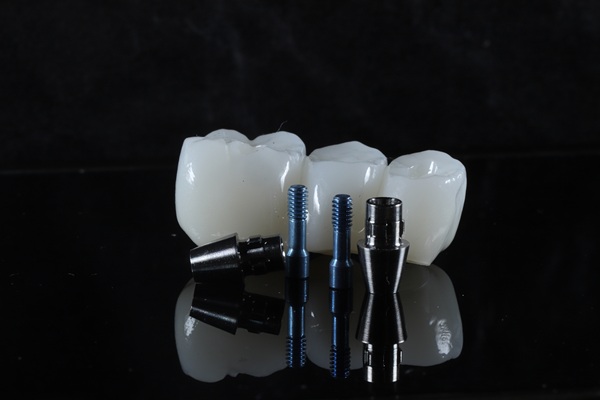When Would a Dentist Recommend a Tooth Extraction?
Various situations exist where a dentist would recommend . Specific symptoms present themselves to let you know it might be a possibility. A dentist will confirm that a tooth extraction is the way to go. If you know what to look for, you will be able to tell when you need to visit your dentist.
Signs tooth extractions may be necessary
First, there is pain, followed by thinking a tooth extraction may be on the horizon. Believe it or not, an extraction may not be necessary. Only the dentist would be able to say one way or another. The main reasons a dentist will recommend tooth extractions are as follows:
- There is a badly infected tooth
- Damage cannot be fixed with a crown or filling
- Pain is persistent after previous treatments, like crowns, fillings, or root canals
- Not enough space for all teeth
- Orthodontic treatment is necessary, so crowding needs to be fixed
Understanding the periodontal disease impact
Anyone can suffer from periodontal disease, which is why dentists encourage good dental hygiene by recommending flossing and brushing at least twice a day. Over time, bacteria will destroy teeth as it eats away at enamel and causes cavities. Periodontal disease should not be taken lightly. Other things that can happen with periodontal disease include abscesses and other soft tissue infections. In worse scenarios, infections in the jaw could get bad enough to kill the tissue and make its way into the jawbone. When infections get that bad, someone could even end up with sepsis, which is blood poisoning.
Wisdom teeth may need extraction
Wisdom teeth are typical candidates for a tooth extraction as they tend to crowd a mouth if they ever come through. If wisdom teeth do not come through and instead become impacted, they need to be extracted. Tooth impaction can be pretty painful, so getting them removed helps teeth and gums heal properly. Occasionally, wisdom teeth do not erupt completely or normally, and that can make it difficult to brush and floss effectively. Not doing so will result in damage, decay, and possibly infection, resulting in necessary tooth extractions.
Dealing with the aftermath of an extraction
Prevention is always preferred, so with good hygiene, including brushing and flossing as suggested, it will be easier for you to avoid a tooth extraction. If the dentist has decided on tooth extractions, the process is a lot easier now than decades ago. Patients can request sedation so as not to be aware during the procedure. All that is needed afterward is some over-the-counter pain relievers to dull any discomfort.
It can take up to a couple of months for a tooth to heal. Patients must be careful about eating and chewing. Avoid crunchy or hard things like ice, and do not eat chewy things until the extraction point is fully healed. If there are any questions, ask your dentist for further assistance or instructions.
Request an appointment here: https://www.mysmilefamilydental.net or call My Smile Family Dental at 7144084343 for an appointment in our Santa Ana office.
Check out what others are saying about our dental services on Yelp: .
Recent Posts
A wisdom tooth extraction is often necessary in order to create room in the mouth as well as to help avoid or relieve pain. While the procedure itself is common and generally goes well for most patients, it is important is to know the steps to take to fully recover afterward. Recovery varies for every…
Understanding more about wisdom tooth extraction and why it is necessary is a great idea. Many people need their wisdom teeth extracted from their mouths in order to support overall good oral health. This extra set of teeth can potentially cause problems with the existing teeth, making it necessary for anyone whose wisdom teeth are…
Tooth extraction is the removal of a tooth from its socket. There are two types of extraction: simple and surgical. Simple extractions involve the removal of visible teeth. During simple extractions, dentists loosen the teeth and remove them with dental forceps. Surgical extractions become necessary when teeth break off at the gum line or do…
For patients missing multiple teeth, All-on-4® dentures are an excellent restorative option. These implant-supported dentures can transform a patient's smile. Many patients prefer this type of denture, as it is more secure and natural-looking than a regular denture.Before committing to this procedure, patients need to understand the process. The dentist should explain the benefits of…


